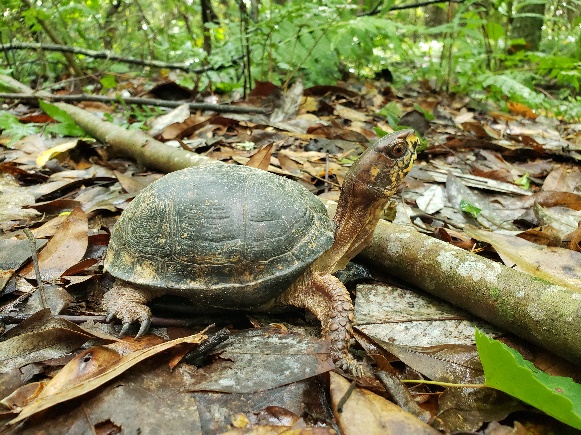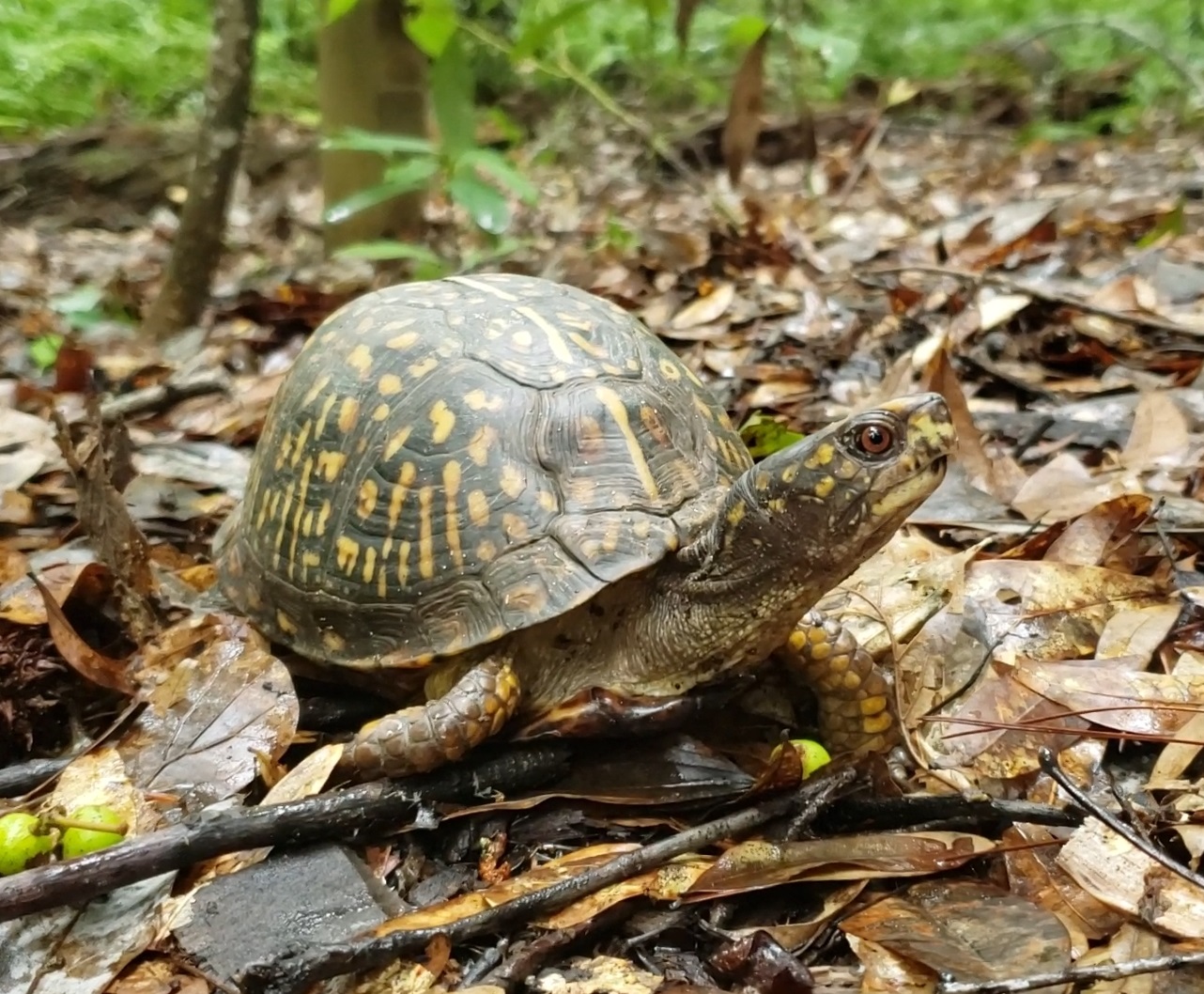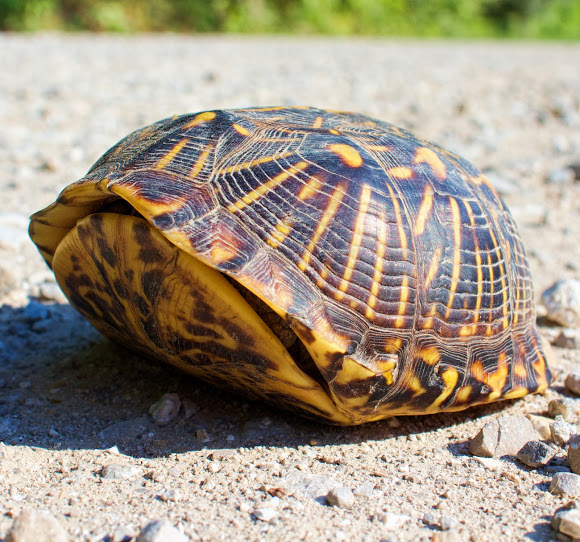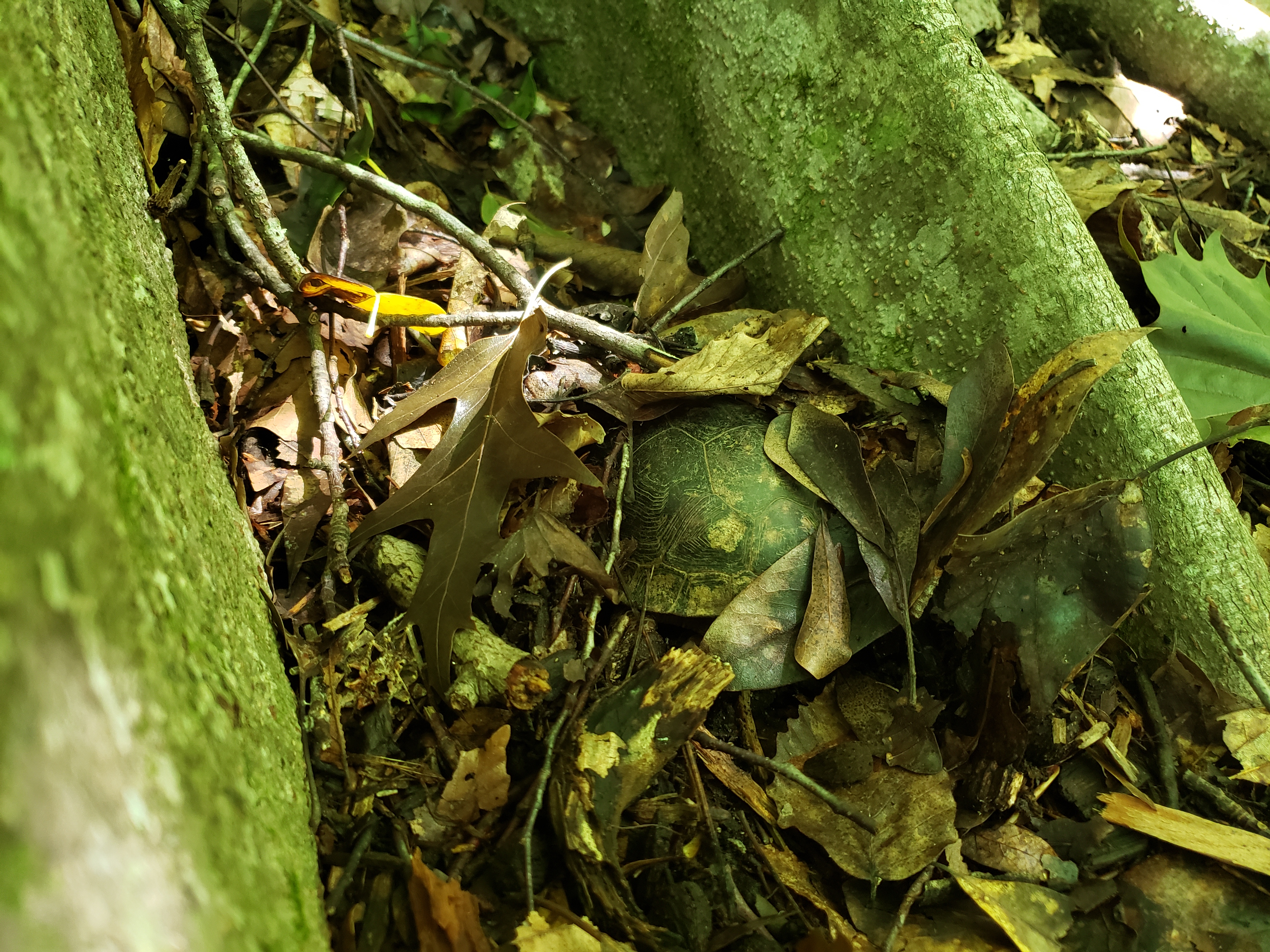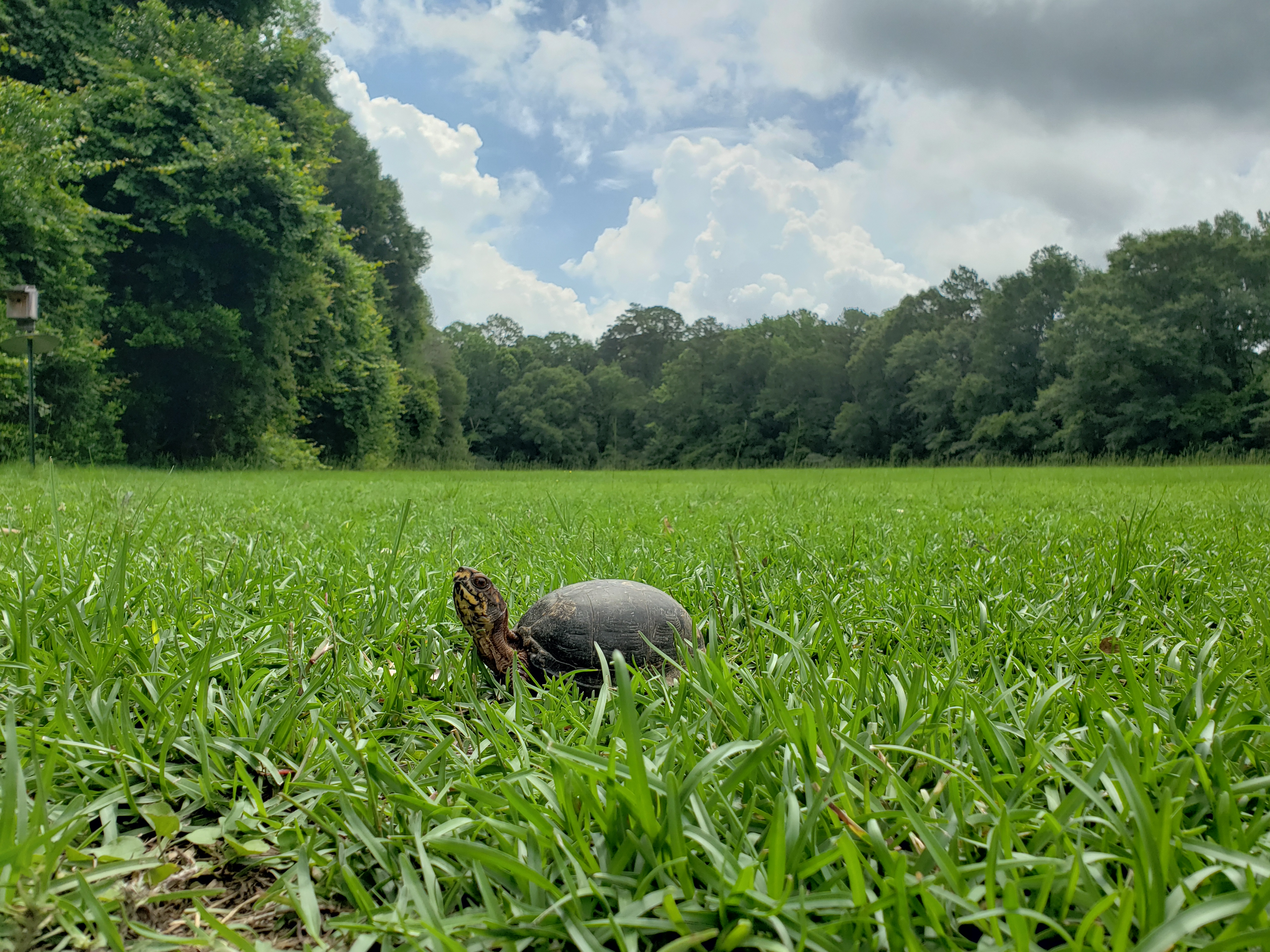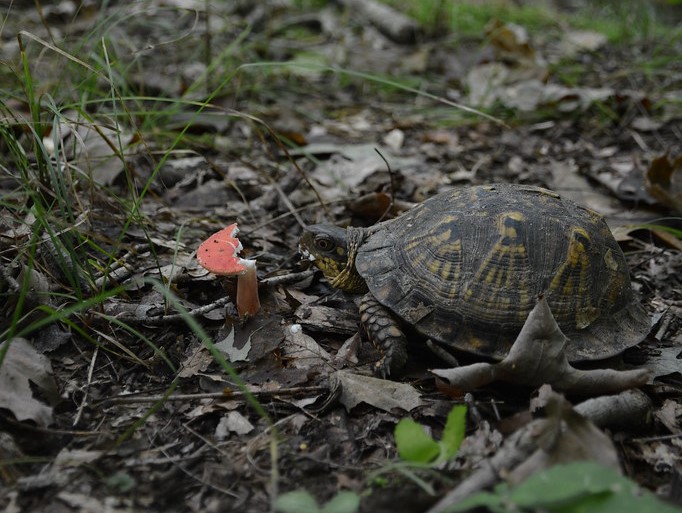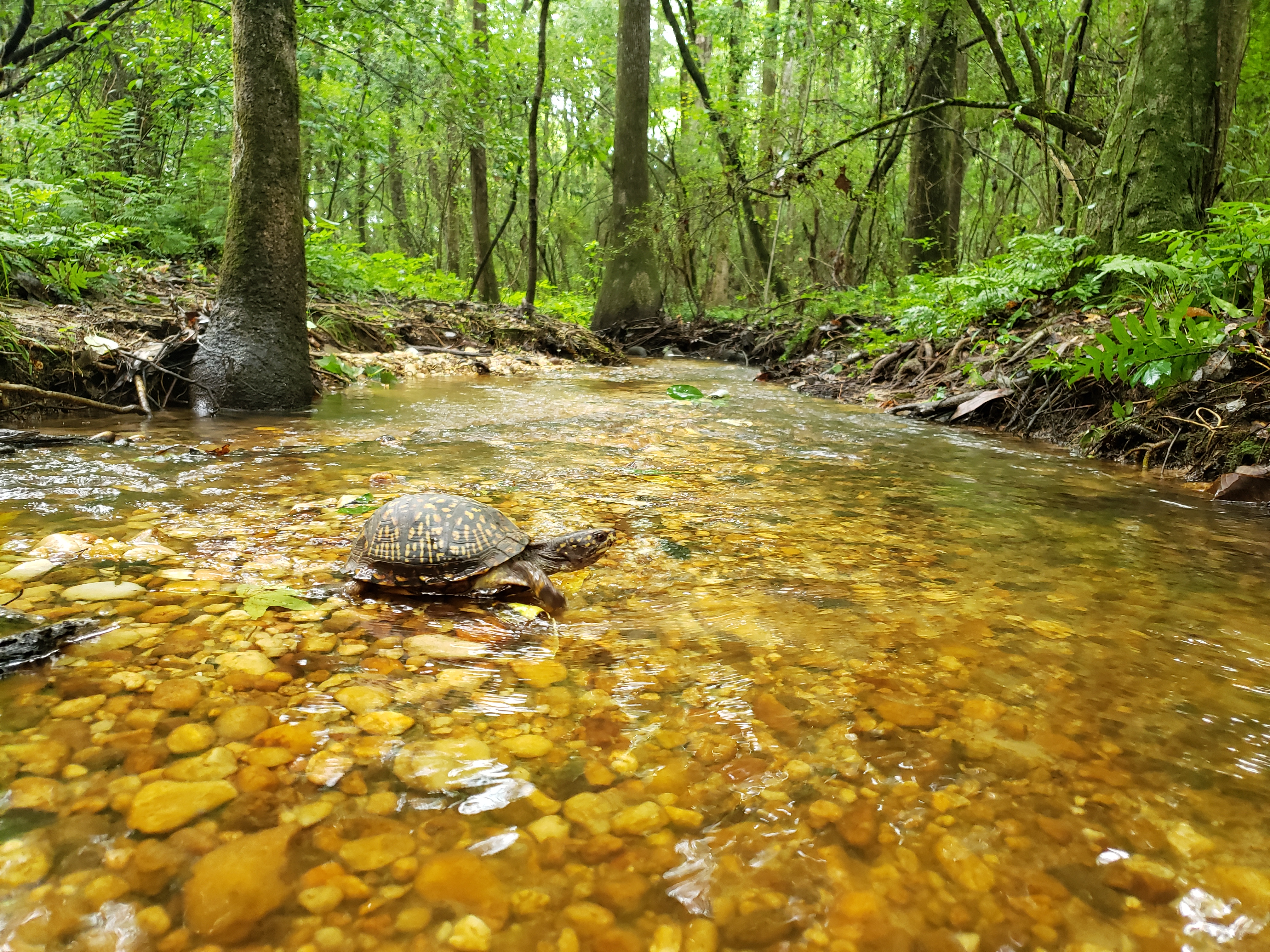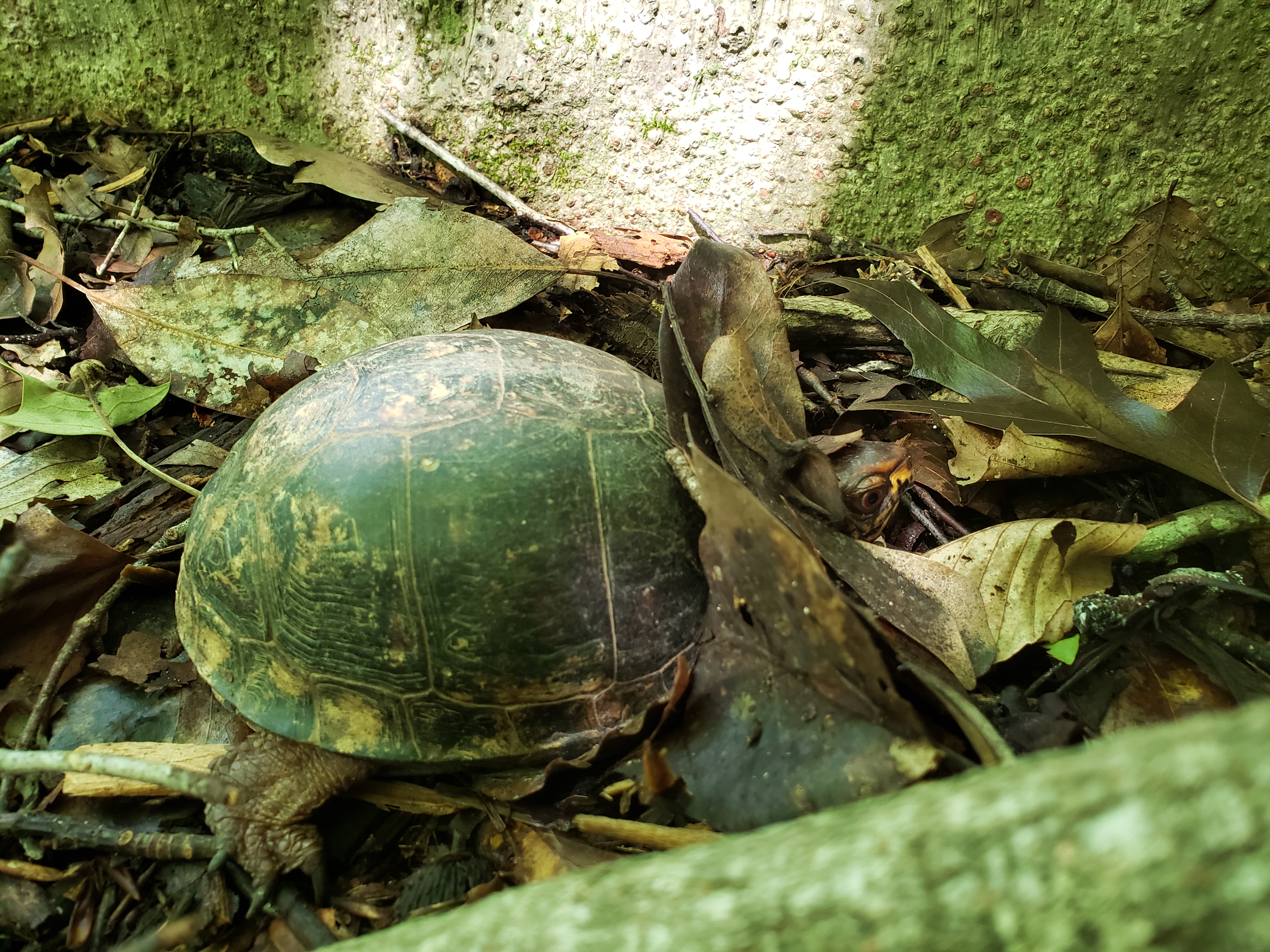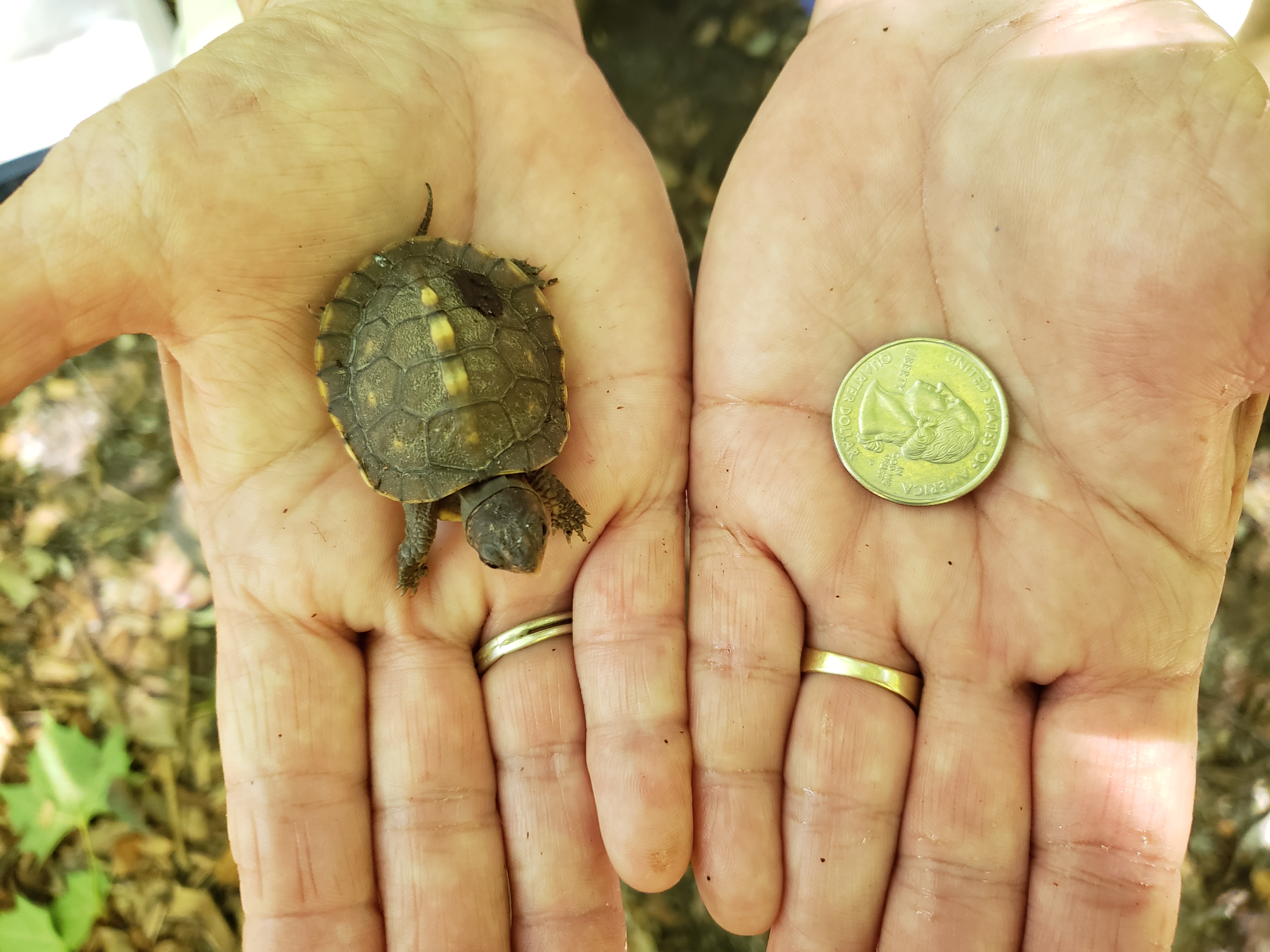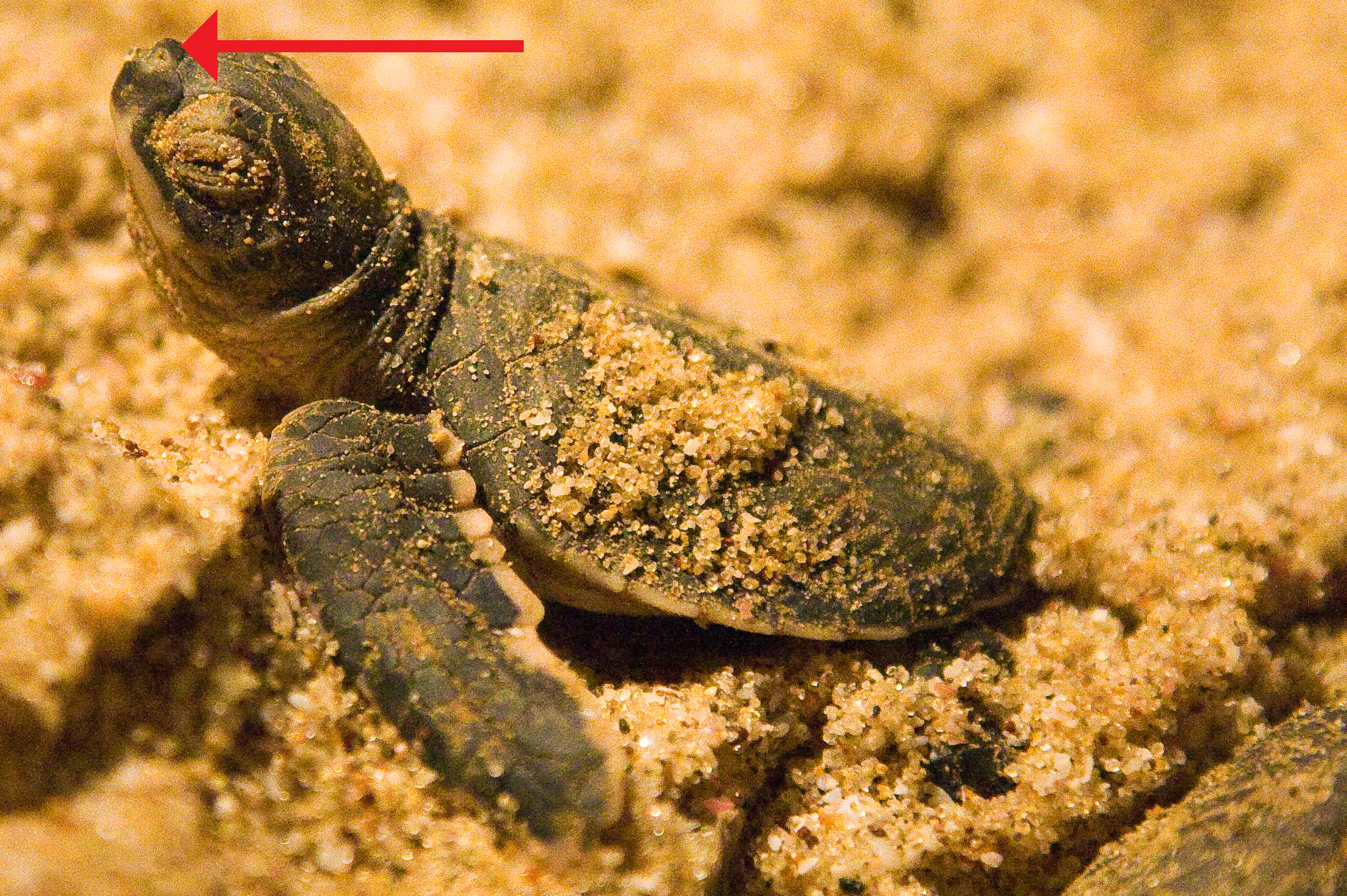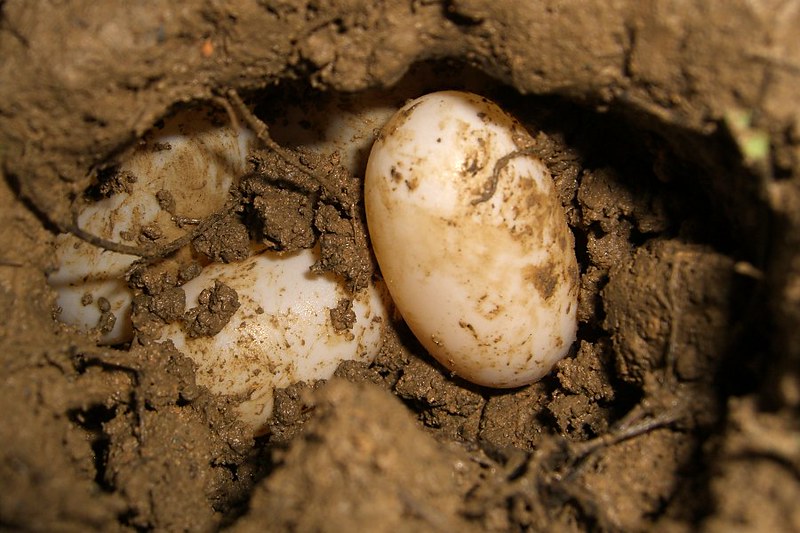Elementary Ecosystem Investigation: Box Turtle Habitat
*Click Here for Upper Grades (6-12) Version*
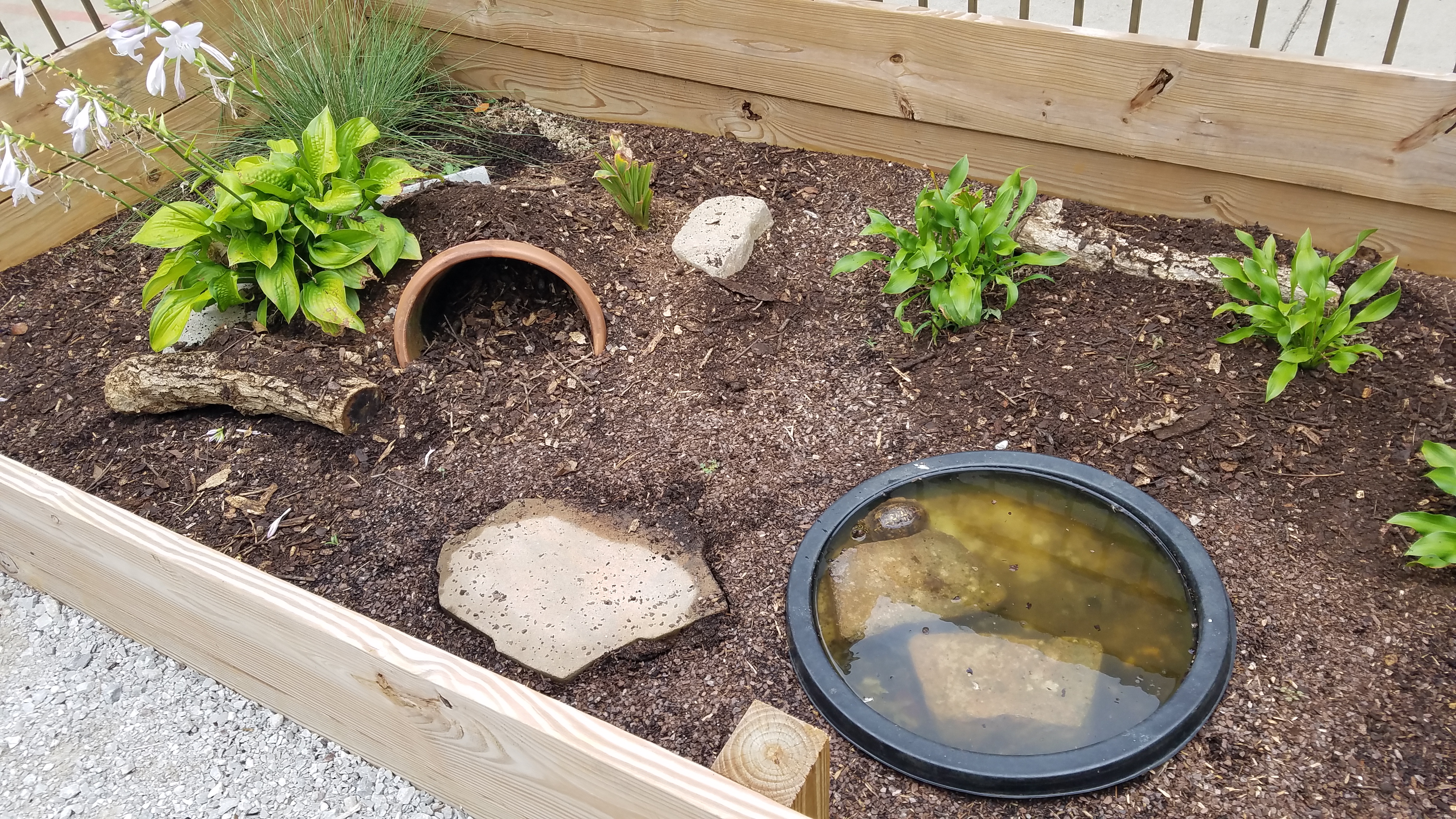
 Investigate Box Turtles and Their Habitat
Investigate Box Turtles and Their Habitat
A Box Turtle Habitat in your outdoor classroom provides the food, water, and shelter that box turtles need to survive including loose soil where they can burrow down underground as they brumate (hibernate) during the winter.

Click HERE to watch a video all about Eastern box turtles!
Sources
.

 Investigate Box Turtles and Their Habitat
Investigate Box Turtles and Their HabitatA Box Turtle Habitat in your outdoor classroom provides the food, water, and shelter that box turtles need to survive including loose soil where they can burrow down underground as they brumate (hibernate) during the winter.
| Click on the topics below to learn more! | |||
| Eastern Box Turtles | Box Turtle Adaptations | Habitat Needs | Interesting Facts |
Click HERE to watch a video all about Eastern box turtles!
| Eastern Box Turtles | |
| Turtles in Alabama | |
|
Eastern Box Turtle in Habitat
Tyler Burgener Click on image to enlarge it |
|
|
| Eastern Box Turtles | |
|
Eastern Box Turtle in Habitat
Tyler Burgener Click on image to enlarge it |
|
|
| Box Turtle Adaptations | |
| Adaptations are those features that help an organism survive in a their habitat. Box turtles have a number of adaptations, including these listed below. |
|
| Hinged Shell | |
|
Box Turtle with Shell Closed
Neil Dazet - Project Noah Click on image to enlarge it |
| Burrowing | |
|
Box Turtle Burrowed in Leaf Litter
Tyler Burgener Click on image to enlarge it |
|
|
| Homing Instinct | |
|
Box Turtle in Habitat
Tyler Burgener Click on image to enlarge it |
|
|
| Habitat Needs | |
| Your box turtle habitat includes food, water, and shelter for box turtles. | |
| Food | |
|
Box Turtle Eating Mushroom
Flickr - Brad Carlson Click on image to enlarge it |
|
|
| Water | |
|
Box Turtle in Water
Tyler Burgener Click on image to enlarge it |
| Shelter | |
|
Box Turtle Under Leaf Litter
Tyler Burgener Click on image to enlarge it |
| Places to Raise Young | |
|
Baby Box Turtle
Tyler Burgener Click on image to enlarge it |
| Interesting Facts | ||
|
#1
|
|
Turtle Egg Tooth (on sea turtle)
Flickr - Jason Hollinger Click on image to enlarge it |
|
#2
|
|
Box Turtle Eggs
Flickr - Jason Hollinger Click on image to enlarge it |
| #3 |
|
|
Sources
 Britannica (1) Britannica (2) |
|
 Wildlife Tag
Wildlife Tag


